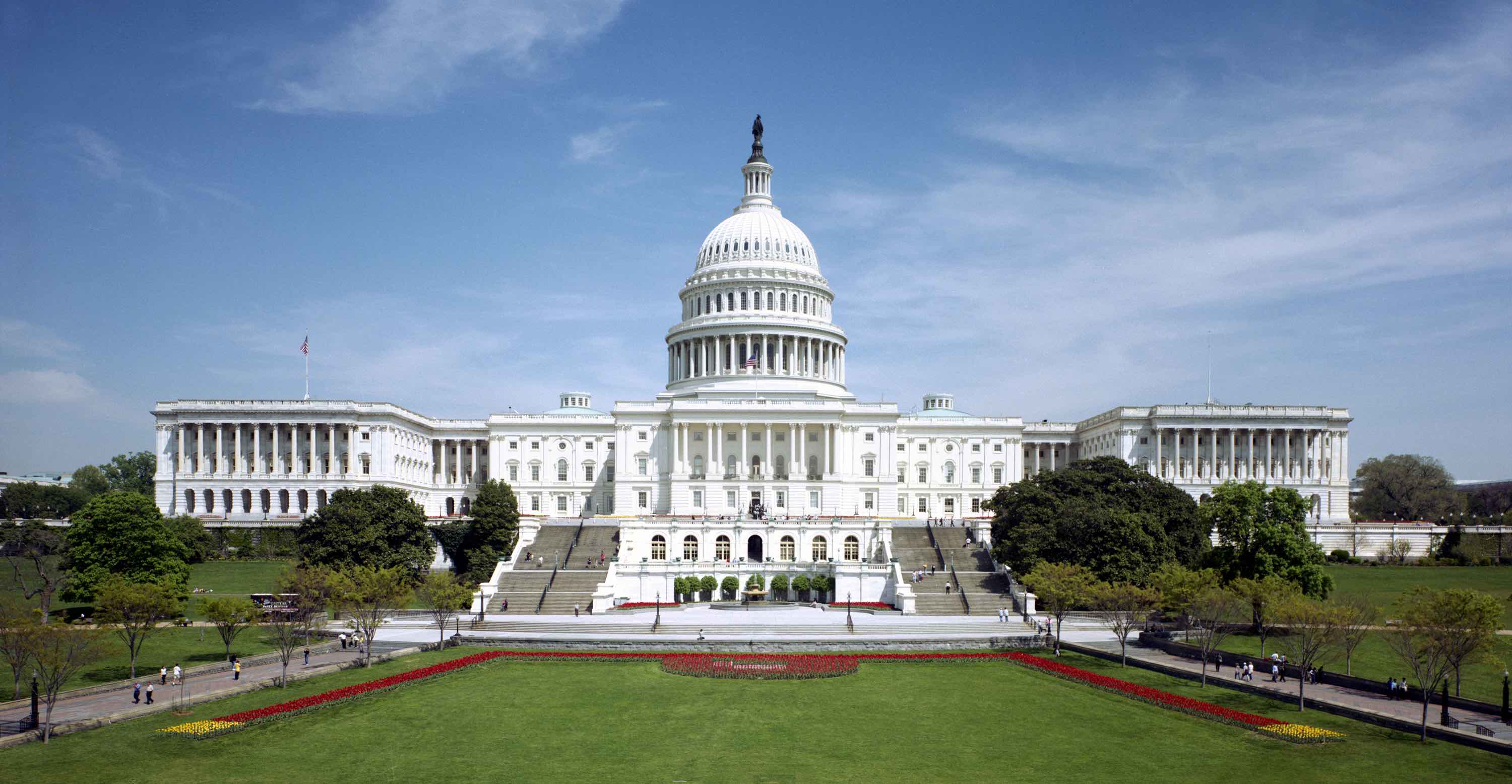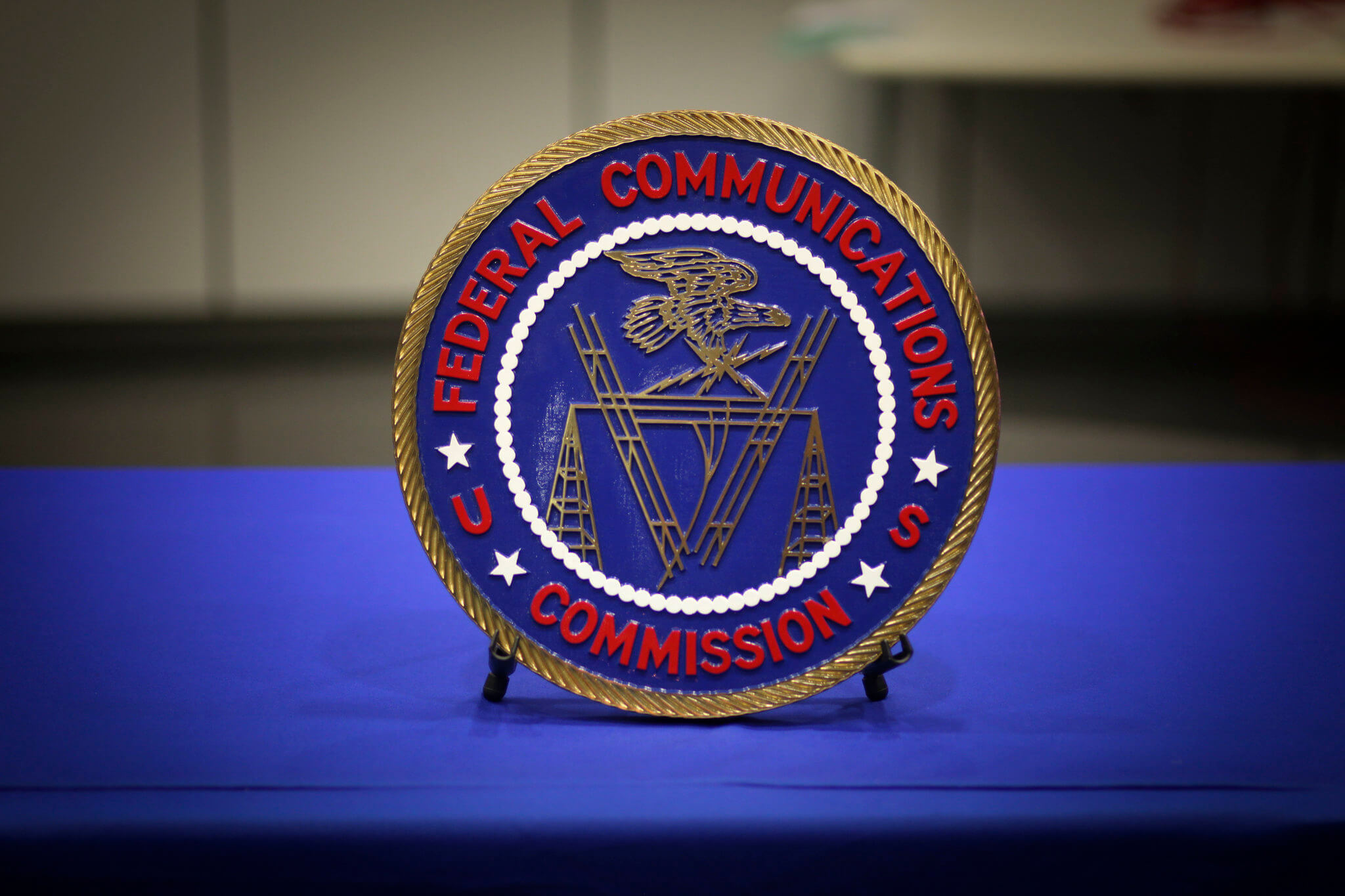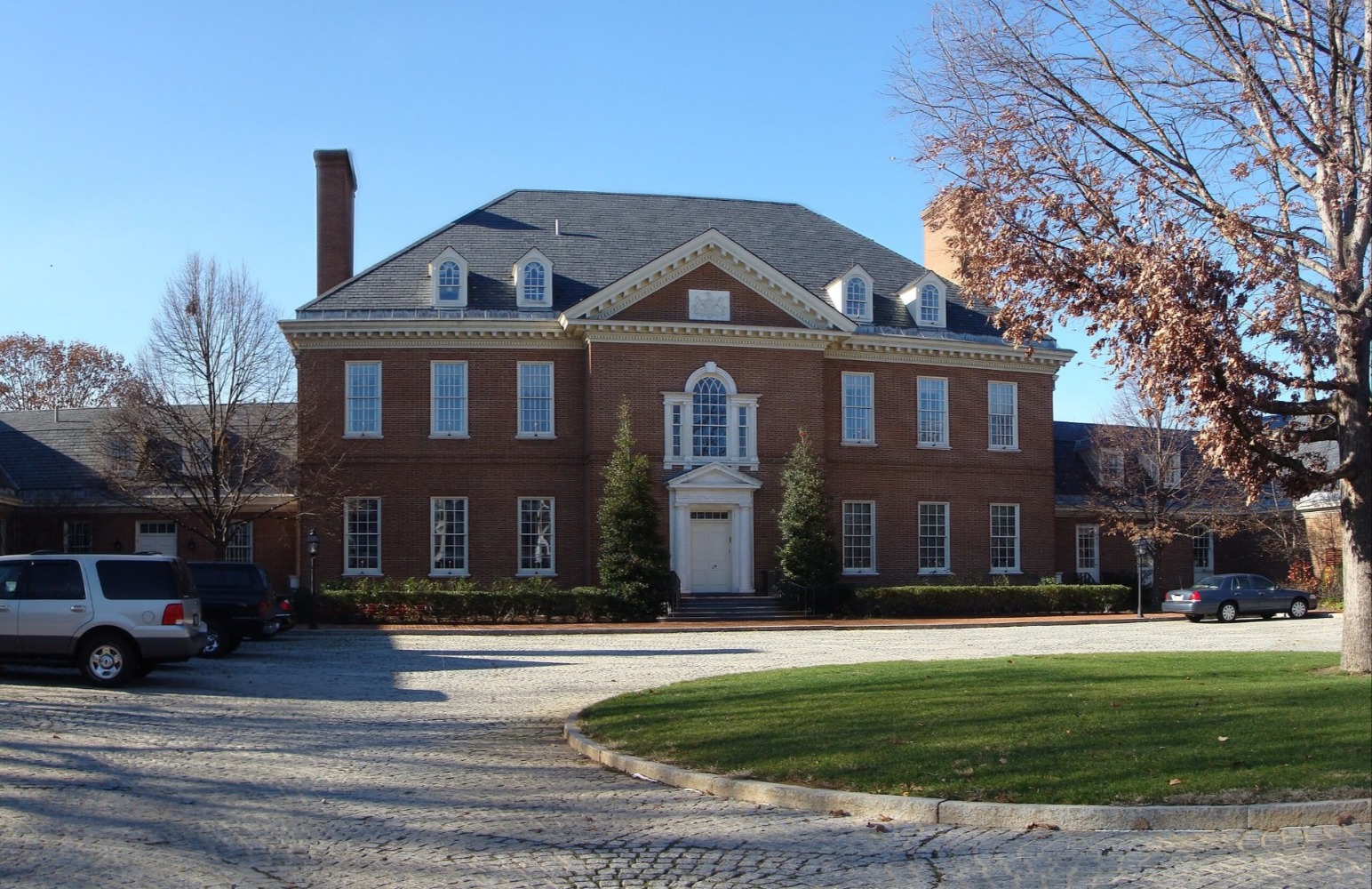Confidence in Government on National Security Matters: August 2017
Last month we began a polling project to measure the public’s confidence in government on national security matters on an ongoing, consistent basis. The goal is to try to establish a baseline of public opinion of national security on a few key issues, and also to be able to periodically take the public’s pulse on current topics. This second installment of that project allows us to start identifying trends in the four questions that we asked last time.

Published by The Lawfare Institute
in Cooperation With

Last month we began a polling project to measure the public’s confidence in government on national security matters on an ongoing, consistent basis. The goal is to try to establish a baseline of public opinion of national security on a few key issues, and also to be able to periodically take the public’s pulse on current topics. This second installment of that project allows us to start identifying trends in the four questions that we asked last time. Our new data suggest that public confidence in some government institutions shows signs of consistency, but they also suggest potentially interesting trends in others.
In addition, we included four new questions primarily to measure confidence in the two major political parties on national security issues. We also included a question to gauge public concern about Russia. These new questions reveal that the public has extremely low confidence in both political parties when it comes to national security matters. And the U.S. public does not believe Russia’s interests are similar to America’s interests.
As with all posts associated with this project, we are using Google Surveys to measure public opinion.
Consistent, But Perhaps Growing, Confidence in Institutions
In late August, we again asked the four questions on confidence in government institutions that we will be running every month, namely:
- How much confidence do you have in the president to protect U.S. national security?
- How much confidence do you have in the Congress to protect U.S. national security?
- How much confidence do you have in the federal courts to protect U.S. national security?
- How much confidence do you have in the intelligence community to protect U.S. national security?
The August results largely mirrored the results from July in several ways. First, the rank ordering of these institutions was unchanged, with the public having the least confidence in Congress to protect U.S. national security, followed by the president, the federal courts and the intelligence community. Once again, the intelligence community was the only institution to poll on average above 3 on the survey’s 1-to-5 scale. In fact, more than 70 percent of respondents scored the intelligence community a 3 or higher, or net positive.

Second, as in July, there were notable differences in public confidence across gender and age groups for certain institutions. Women, for example, were seven points more likely than men (44 percent vs. 37 percent) to report having no confidence in the president to protect U.S. national security and less likely than men to report having no confidence in Congress (25 percent vs. 28 percent).
Age also continues to be a strong predictor of confidence in the intelligence community. Respondents under age 45 were nearly twice as likely to report having no confidence in the intelligence community to keep them safe.

While much was the same from July to August, one change was evident: Confidence in institutions increased modestly across all four institutions. The largest increase was for the least popular institution, Congress, for which the average confidence score increased by .17. Congress was in recess for much of August and took no concrete actions that would have inspired this change, though some lawmakers did speak out strongly, and almost uniformly, against the violent protests in Charlottesville, Va., and the president’s responses to events. The increases are small enough that they could be simply noise, but they are also consistent across institutions. So it’s worth keeping an eye on in the coming months.

Low Confidence in Political Parties on National Security Matters
In addition to the four questions on confidence in government institutions over national security, we added three questions regarding perceptions of the political parties when it comes to national security:
- How much confidence do you have in the Republican Party to protect U.S. national security?
- How much confidence do you have in the Democratic Party to protect U.S. national security?
- Looking ahead for the next few years, which political party do you think will do a better job of protecting the country from international terrorism and military threats?
The first two questions here mirror the question wording and answer options of our four questions on confidence in institutions: a scale of 1 (no confidence) to 5 (high confidence).
With mean scores of 2.6 for Democrats and 2.8 for the Republican Party, it’s notable that both parties fared better than Congress (2.4), and the Republican Party’s brand ranked better than the Republican president’s (2.7). This is important for policymakers who might believe that the president is hurting the Republican Party’s brand on national security, as some have suggested since last year’s party conventions. At least currently, the American public has different confidence levels in the Republican Party and the president on protecting U.S. national security. And the Republican Party is doing better on the subject than the Democratic Party.


While other survey data suggest that the Republican Party has a decided advantage over the Democrats in trust on terrorism and national security, in this survey the differences are not so stark. Although 49 percent of respondents rated Republicans a 1 or 2 (no or little confidence), 52 percent rated Democrats similarly. The two parties were close among the proportion of respondents who rated them a 3. And Republicans had a four-point advantage in respondents rating them a 4 or 5.
Not surprisingly, opinions of the two parties are highly polarized. “No confidence” is, by far, the most likely response when Americans are asked about their level of confidence in either the Democratic or Republican parties to protect U.S. national security. “High confidence” is the second most likely response. Presumably, this split reflects political polarization among the American public, though this question does not directly test for that, as Google’s inferred demographics do not provide respondents’ party identification. They do, however, provide respondents’ gender, and we see decidedly different responses from men and women when it comes to confidence in each political party to protect U.S. national security.

Women are significantly less likely than men to have confidence in the Republican Party’s ability to protect U.S. national security. While “no confidence” was the most common choice for both men and women, nearly four out of 10 women made this choice, compared to a little over three of 10 men. What’s more, women were less likely than men to have high confidence in the Republican Party.

Gender differences are not as clear-cut for the Democratic Party. For both men and women, “no confidence” is the most common choice and “high confidence” is a distant second. But men are much more likely than women to select either of those options than anything in between. Two out of three men selected either “no confidence” or “high confidence,” while women held much less polarized views of the Democratic Party.
To further understand this and many other nuances of the public’s confidence in the political parties to protect U.S. national security, we asked a third question that Gallup has been asking the American public every September since 2002, forcing respondents to choose which party is better at protecting the country from international terrorism and military threats. However, because of Google Survey’s tool, we were forced to add a third option, “neither.” That dramatically changed the results from Gallup’s question, which forced the respondent to choose only between the two parties, with no other option.

In our survey, a near-majority of respondents (49 percent) said that neither party will keep the country safe. The remaining 51 percent were split nearly evenly between those who believe the Republican Party would keep them safer (27 percent) and those who thought the Democratic Party would (25 percent), with a margin of error of two points. Although the Republican Party was a more popular choice than the Democratic Party, as it has been nearly every year Gallup has asked this question, given the margin of error, this result is a virtual tie. We look forward to seeing the Gallup data this month to determine whether our result shows that the security gap between Democrats and Republicans has closed, or whether the forced choice makes these questions incomparable.
Giving respondents the opportunity to choose between the two accentuates the gender gap. Men were much more likely to select the Republican Party (33.4 percent) than the Democratic Party (22.1 percent), while women preferred the Democratic Party (27 percent) to the Republican Party (20.2 percent). But for both men and women, by far the most common choice was "Neither." In fact, a majority of women (53 percent) selected “Neither.” This indicates that the public has low confidence not only in the various branches of government but also in the two parties to protect U.S. national security.
Russian Interests Aren’t Similar to American Interests
Our new polling project will include occasional topical questions in addition to the battery of national security confidence questions asked every month. This month we asked the public:
While there has been ample polling on Russia and analysis of it, including here on Lawfare, that has provided invaluable insights (such as Russian President Vladimir Putin being more popular among Trump voters than Senate Majority Leader Mitch McConnell), we were curious about American perceptions of the alignment between Russia’s and America’s interests. We opted to strip away potentially triggering language about Putin, Trump and the investigations into Russian influence to try to get at the core belief about how similar Russia’s goals are to America’s.

Americans’ views on this were unequivocal: Russian interests and American interests aren’t similar. On a scale of 1 (“not similar at all”) to 5 (“very similar”), fewer than 5 percent of responses were “very similar” and a plurality, 44 percent, responded “not similar at all.” Belief in the dissimilarity of Russian and American interests was so pervasive that more than 88 percent of respondents responded with a 3 or lower.
This pattern was evident across men and women, and all geographic areas, but there was a marked increase in perceived similarities among the lowest age cohort, and an apparent trend of seeing more dissimilarity with age. While a plurality of those ages 18 to 24 still believed that Russian and American interests were “not similar at all,” they were notably less likely to say so than respondents age 25 and older (38 percent vs. 48 percent) and much less likely to say so than respondents 65 and older (37.5% vs. 51.8%). This suggests that those who try to make common cause with Russia will have a difficult time convincing the American people that doing so is in their interest, though their chances may get better as the population ages.








